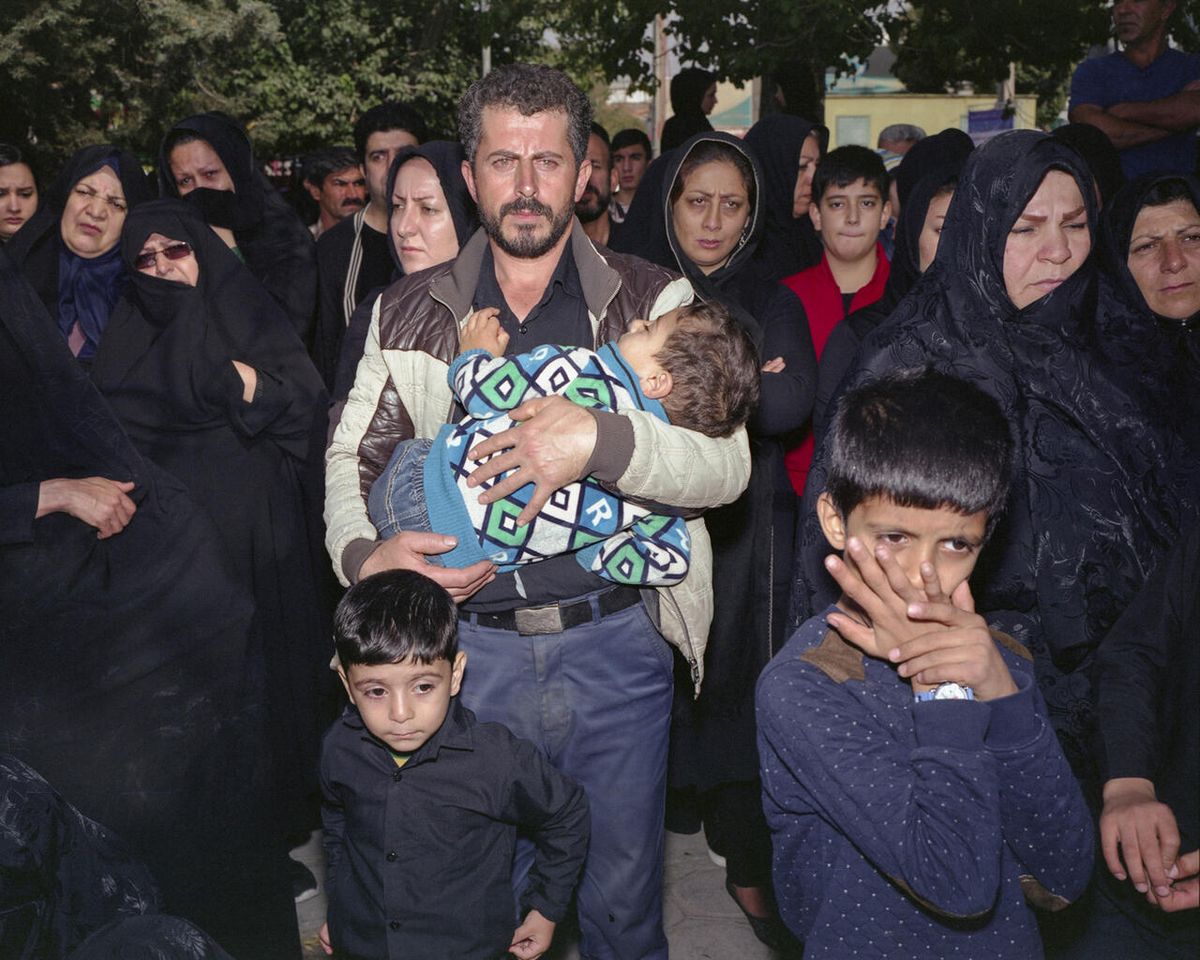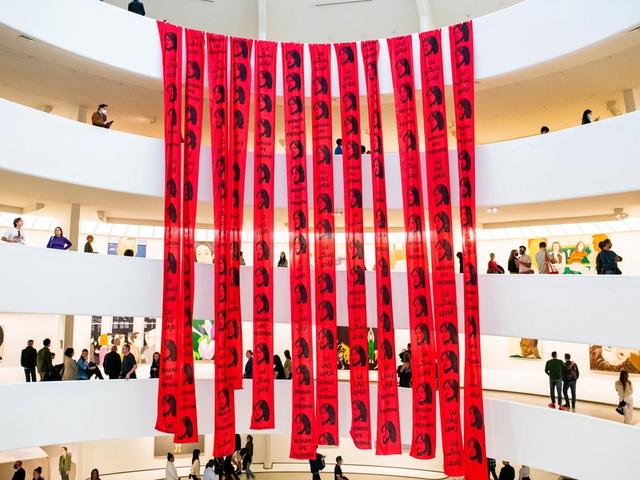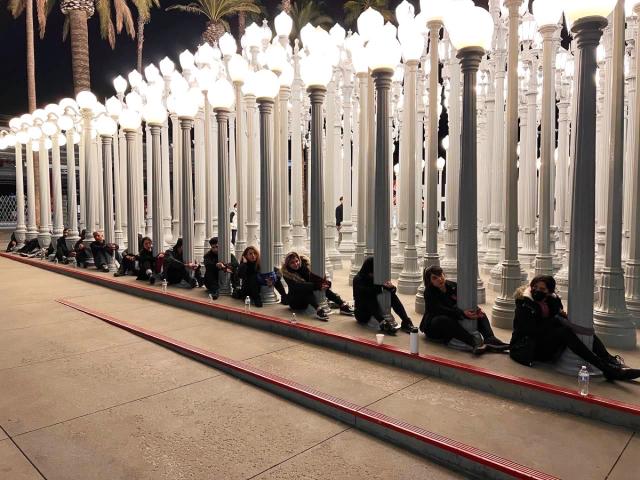Artists based in Tehran say that they have continued to work despite the turmoil unleashed in the country following the death of Mahsa Amini last September. Alborz Kazemi, a photographer who studied painting at Tehran’s School of Fine Arts, says that the art scene in the Iranian capital has been “negatively impacted” by the recent upheaval but “many artists still continued to work”.
Amini died in an Iranian hospital after being detained by the regime’s morality police for allegedly not complying with the country’s hijab regulations. Her death sparked ongoing mass protests in Tehran and cities across Iran as well as protests across the globe. The ensuing government crackdown led to the deaths of more than 500 protestors according to the US-based Human Rights Activists News Agency.
Kazemi is currently showing the work What Happened? (2021) at the pop-up exhibition Realism organised by Dastan Gallery which is being held in Frieze’s No. 9 Cork Street space. “I will definitely continue to work here [in Iran] and make art here despite all its challenges and difficulties. Things happen so fast here that it’s sometimes hard to keep up with it. Prices change daily, inflation is out of control and because of the sanctions [including those imposed by the US in March], many of the material and tools we need are not even here. But we do what we have to do,” he says.
The filmmaker Mamali Shafahi, who also creates sculptures and installations, also featured in the Realism show (The House of Bardo 02, 2023). He says that it has been “a really hard time for the artists in Iran”. Most commercial galleries have been closed for the past few months but there is “less tension” now. “The artists have asked the galleries to reopen, which crucially have tried to support them by continuing to sell their works.”
In the Realism show, the 24 participating artists “substantiated their experiences, observations, and emotions through painterly marks and sculptural forms”, says a gallery statement. One of the works by Shohreh Mehran (Untitled, 2023), depicts young women carrying text books (in recent months there have been numerous reports of schoolgirls being poisoned with more than 1,000 individuals affected).
“Many of the works [in Realism] were not made over the past year but one may find them more relevant today,” says Hormoz Hematian, the founding director of Dastan. “I think we can show all of these works in Iran, but ultimately the works need to be reviewed by the visual arts department of the Ministry of Culture.”
The filmmaker Nik Yousefi in particular has meanwhile turned his ire on the state. He was arrested last October after releasing Baraye Farzandaneman (2022) which shows empowered women, without hijabs, battling men in a series of violent battles. Yousefi, who has since been freed, told his followers on Instagram that the film was made “for the sake of our children”.
The independent curator and consultant Dina Nasser-Khadivi says that Yousefi has been “incredible. He showed up for solidarity for women wearing shorts which is forbidden”. She is tracking protests both inside and beyond Iran, stressing that the Iranian authorities have arrested more than 20,000 people during the current turmoil.
“This has become a cultural revolution. There has been a profound change both inside the country and in the diaspora globally. There is no turning back,” she adds. Nasser-Khadivi founded the collective behind the #postitforwardwlf campaign which aims to raise the art world’s awareness of the ongoing fight for greater freedoms in Iran.
Prominent art figures—including the curator Hans Ulrich Obrist and the artists Theaster Gates and Marina Abramovic—have brandished the campaign T-shirt or carried the tote bag, embedded with a special QR code, to express solidarity with the movement.
"Today our collective is present across six continents and continues to expand geographically and within the creative realm. We will be in more than 30 cities by next month," says Nasser-Khadivi.
• Dastan Gallery: Realism, No. 9 Cork Street, Frieze, London, until April 29




